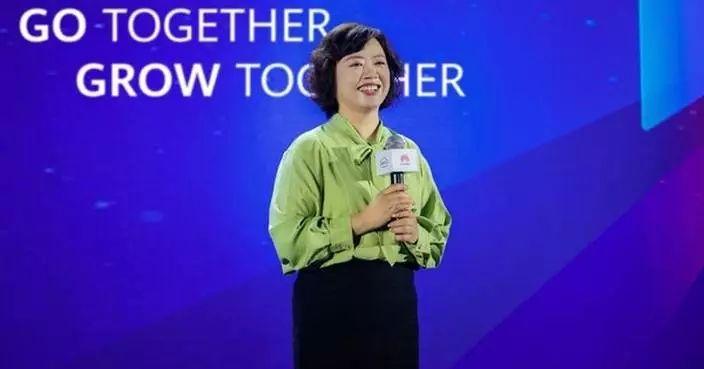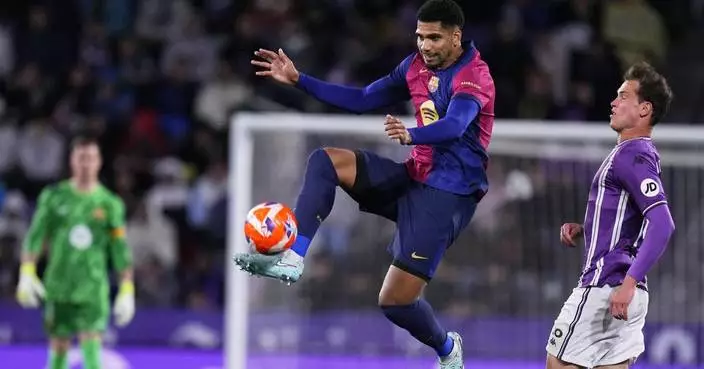Chinese researchers have made a significant breakthrough in hyper-spectral imaging technology that enables rapid and accurate object recognition in complex environments, unlocking a new way to develop next-generation intelligent sensors.
The spectrum is described the "genetic code" or " fingerprint" of light. Just as human eyes perceive different colors and shapes by interpreting light spectra, the hyper-spectral imaging system independently developed by a Chinese team allows for highly accurate capture and analysis of the spectral data reflected from objects, which can be used to identify subtle differences that are hardly visible to the naked eye.
This achievement, which combines the advanced image sensor chip with AI-powered algorithms, was published Wednesday in Nature, one of the world's leading scientific journals.
One key application of this innovation is in facial recognition. Researchers from the Beijing Institute of Technology (BIT) were showing how their new camera could tell a silicone facial mask apart from a real human face—offering a potential solution to talcked online fraud based on fake facial information.
"Here is a facial mask made from silicon rubber that has a fundamental difference in spectral properties compared to our real human face. Through this difference, we can accurately detect and identify disguises," said Wang Zhen, PhD student at the BIT Center for Scientific Exploration in Complex Environment (BISC).
Researchers also showcased its ability to distinguish between live and artificial plants. While the potted plants are almost identical in shape and color, the hyper-spectral camera developed at BIT could differentiate them by analyzing the specific spectral signatures of their materials. This device is capable of capturing spatial and geometric information and even hundreds of spectral bands.
"To capture spectral information across the full spectrum—from the three primary colors to hundreds of spectral bands— we need more materials for broadband spectral modulation. That's why we have developed over 100 materials that can modulate the incoming light across a broad spectrum. This enables us to collect light from hundreds of spectral bands onto a chip. When combined with intelligent algorithms, this chip-based technology integrates both hardware and software to form a powerful function," said Professor Bian Liheng at BISC.
This breakthrough is the result of six years of interdisciplinary research led by Professor Zhang Jun, an academician at BIT. The project brought together experts in materials science, physics, integrated circuits, computer science, and electronic information. The team's success marks a major leap forward in on-chip optical research, which is expected to break new ground for a variety of fields including deep space exploration, next-generation equipment, and smart medical applications.

Chinese scientists achieve breakthrough in hyper-spectral imaging technology






















































